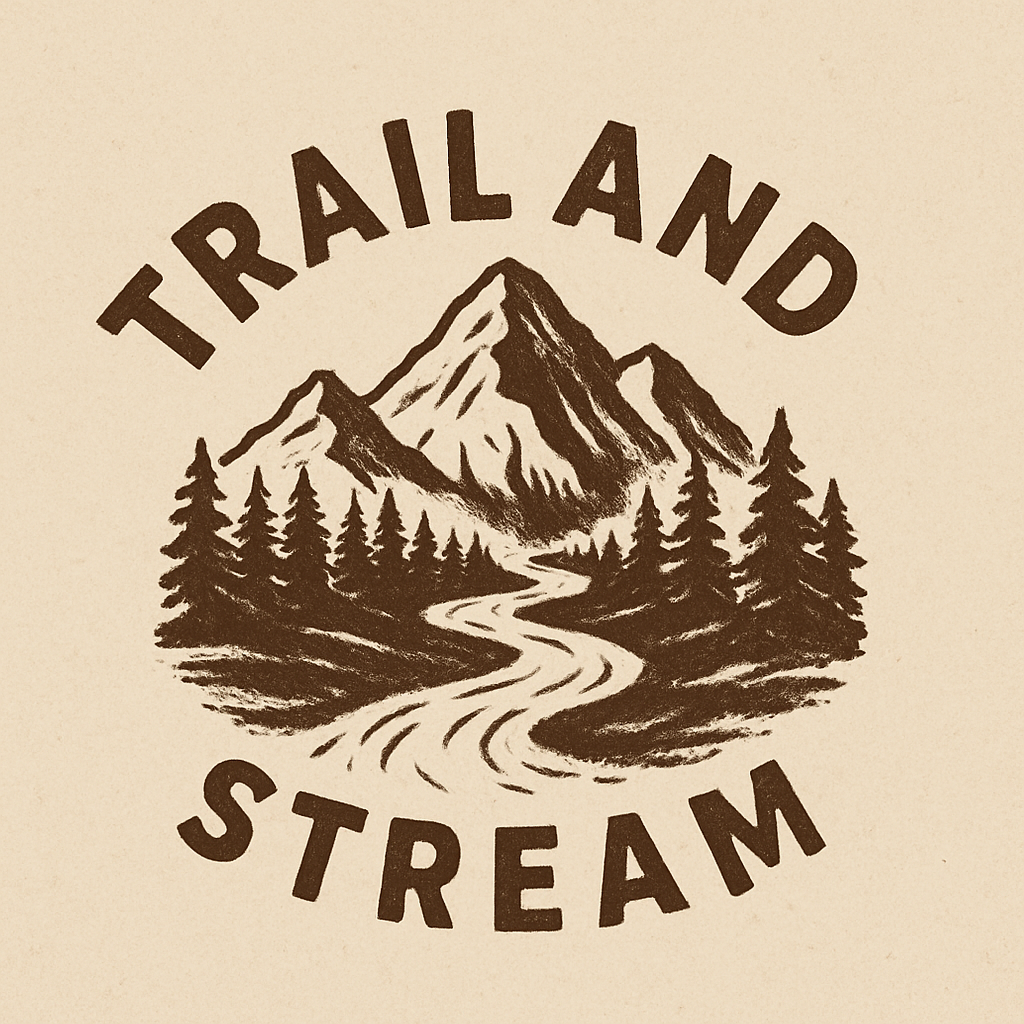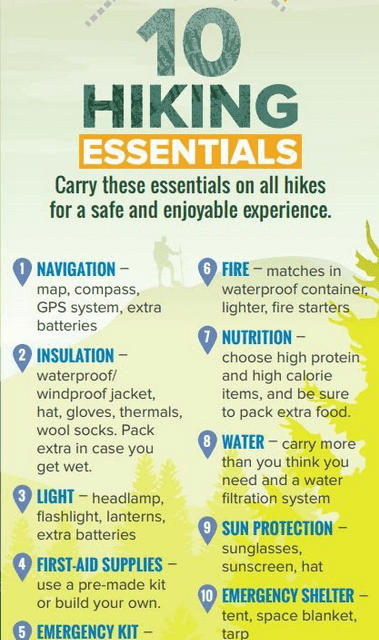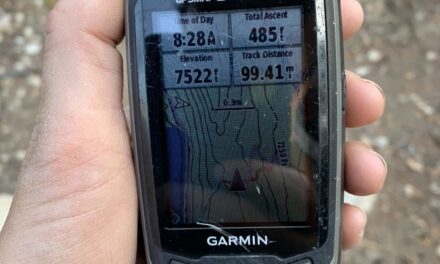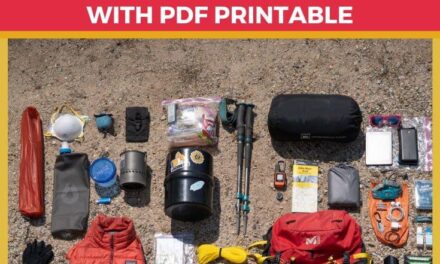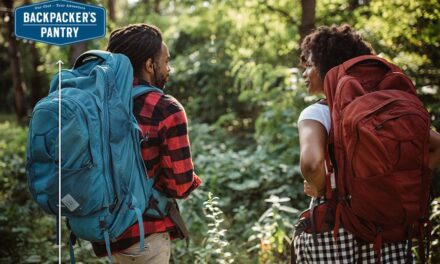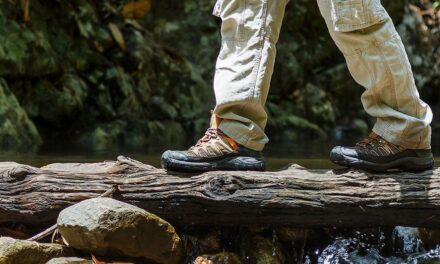Day Hiking Essentials: Your Comprehensive Guide to Gear for Any Trail
Estimated reading time: 8 minutes
Table of Contents
Key Takeaways
- Proper preparation with the right gear enhances safety, comfort, and enjoyment during day hikes.
- Understanding different gear categories helps in selecting appropriate items for varying conditions and hike intensities.
- Lightweight gear options reduce fatigue and increase mobility during long or strenuous outdoor adventures.
- Adapting your gear based on weather and terrain is essential for a safe and successful hike.
- Beginners should focus on fundamental, comfortable, and functional equipment to build confidence.
Understanding Day Hiking Essentials
Whether you’re a seasoned outdoor enthusiast or a novice ready to explore trails for the first time, being properly equipped for day hikes is essential. The right gear not only enhances your comfort but also ensures your safety, making your outdoor experience enjoyable and fulfilling. In this guide, we’ll delve into the day hiking essentials every hiker needs, tailored for various hiking intensities and conditions.
What Makes Up Day Hiking Essentials?
- Protection from the Elements: Regardless of the weather, being prepared is key. A durable outdoor jacket, a wide-brimmed hat, and lightweight, breathable clothing can shield you from rain and sunburn.
- Navigation Tools: Whether you’re on well-marked trails or venturing into wilder terrains, navigation aids, such as maps, compasses, or GPS devices, are vital to ensure you stay on course.
- Hydration and Nutrition: Staying hydrated and energized is critical. Carry enough water (at least one liter per hour) and nutritious snacks, such as energy bars or trail mix.
- Basic Safety and Emergency Supplies: Bringing a first aid kit, an emergency whistle, and a multi-tool can provide peace of mind and help in unexpected situations. For more, see this essential survival kit guide.
The requirements will vary depending on the intensity of your hike. Casual hikes may require less gear, while strenuous hikes demand comprehensive preparation.
Casual vs. Strenuous Hikes
Casual hikes often entail shorter, easier trails and could perhaps only require a water bottle and snacks. Strenuous hikes, on the other hand, typically last longer and may take place on rougher terrain, necessitating more extensive gear.
Ultimately, knowing what to bring hiking can significantly enhance your experience, ensuring you’re equipped for whatever nature throws your way.
The Ultimate Hiking Gear Checklist
A well-organized hiking gear checklist can be your best friend in ensuring you have everything needed for a successful hike. Gear should be categorized for easy packing and reference.
Clothing & Footwear
- Hiking shoes/boots: Choose fit and comfort over style. Look for breathable and supportive options.
- Moisture-wicking socks: Invest in quality socks to prevent blisters.
- Quick-drying pants/shorts: Stay comfortable and dry on the trails.
- Base layers: Opt for synthetic or wool for moisture management.
- Weather-appropriate jacket: A lightweight waterproof jacket or windbreaker can make a significant difference.
- Warm layers: A fleece or down jacket for cold trails.
- Hat/beanie and gloves: Essential for colder temperatures.
- Sun-protective clothing: Fabrics with UPF ratings prevent sunburn.
Equipment
- Daypack or hydration pack: Choose one that fits comfortably and has enough room for your essentials.
- Water bottle or hydration bladder: A system that works best for your hiking style.
- Snacks: Granola bars, nuts, or ready-to-eat meals.
- Map, compass, or GPS: Particularly important for unfamiliar trails.
- Headlamp or flashlight: Include extra batteries for emergencies.
- First aid kit: A lightweight kit can be a lifesaver.
- Emergency whistle: Important for signaling in case of emergencies.
- Firestarter: Matches or a lighter in waterproof bags can be vital.
Personal & Optional Items
- Sunscreen: Don’t forget to protect your skin.
- Bug spray: Essential in certain seasons.
- Personal toiletries: Hand sanitizer and wipes can come in handy.
- Small repair kit: A multi-tool or knife, and duct tape for quick fixes.
- Trash bags: Leave no trace behind.
- Camera/phone: Capture memories or for emergencies.
- Emergency blanket: Lightweight option for unexpected situations.
This checklist ensures you’re prepared at every turn. Additionally, consider lightweight hiking gear options to minimize the strain on your back and legs. For more tips, see this detailed checklist.
Essential Gear for Beginners
When venturing into hiking for the first time, the hiking gear for beginners should be straightforward yet functional. Overloading new hikers with too many options can be overwhelming.
Must-Have Gear for New Hikers
- Comfortable shoes: Investing in a good pair of hiking shoes/boots will prevent discomfort.
- Small daypack: Look for an adjustable pack that fits you well.
- Hydration system: A simple water bottle or a hydration bladder is often sufficient for short trips.
- Basic navigation tools: A map and compass can go a long way in building confidence.
- Simple first aid kit: A few band-aids and antiseptic wipes can cover minor mishaps.
- Lightweight rain jacket: Rain can come unexpectedly; being prepared is pivotal.
Each item listed is designed to prioritize comfort and safety. As you gain confidence and knowledge, you can gradually expand your gear collection. For beginner-specific tips, visit this beginner’s guide.
Lightweight Hiking Gear Options
Carrying lightweight gear can undeniably enhance your hiking experience. The advantages include decreased fatigue, improved mobility, and a more enjoyable trek, especially during long distances.
Why Choose Lightweight Gear?
- Less Fatigue: Decreasing your pack weight allows for increased stamina and ease of movement.
- Easier Movement: Lightweight gear often means more flexibility and less hassle during your trek.
- Increased Speed: A lighter load means a faster pace, helping you finish hikes sooner.
Examples of lightweight gear include ultralight packs, collapsible trekking poles, space-saving food containers, and minimal repair kits. Exploring these options can transform your experience on the trail by making hikes less taxing and significantly more enjoyable. For more insights, see [this lightweight gear guide](https://www.switchbacktravel.com/info/day-hiking-checklist).
What to Bring Hiking in Different Conditions
Having the right gear is crucial, especially when conditions vary. Understanding how to adapt your packing list based on weather will keep you safer and more comfortable.
Adapting Gear for Weather Conditions
- Rainy/Wet:
- Waterproof jacket: Essential to stay dry.
- Seal bags for electronics: Protect devices from moisture.
- Waterproof shoes: Keep your feet dry and comfortable as you hike.
- Cold:
- Insulating layers: Fleece jackets and down coats are ideal.
- Beanies, gloves, and extra calories: Essential for warmth and energy.
- Hot/Sunny:
- Light-colored clothing: Reflects sunlight and stays cooler.
- Sun hat and sunglasses: Crucial for sun protection.
- Frequent hydration: Carry extra water or electrolyte drinks.
- Technical Terrain:
- Sturdy shoes: Increased grip for rocky areas.
- Trekking poles: Add stability and reduce strain on knees.
Being proactive and knowing what to bring hiking based on environmental factors prepares you for any eventuality.
Conclusion
Equipped with the day hiking essentials, you’re ready to hit the trails confidently. Preparation is your best ally, ensuring safety and enjoyment during your outdoor adventures. As you gear up, continually review and adjust your pack based on the specifics of each hike—the length, level of intensity, and the weather conditions are all essential factors to consider.
Remember, exploring the great outdoors can be one of life’s most rewarding experiences, so invest in the right gear, research best practices, and prepare adequately. Ready for your next trip? Dive into additional resources and gear reviews to further enhance your hiking knowledge and ensure you’re always one step ahead.
For more guidance and resources on outdoor preparation, consider checking out gear recommendations or local hiking clubs to meet fellow enthusiasts. Happy hiking!
Frequently Asked Questions
What are the essential items to bring for a day hike?
Essential items include durable footwear, a suitable backpack, hydration system, navigation tools, weather-appropriate clothing, safety supplies such as a first aid kit, and nutrition. Always tailor your gear to the specific trail and weather conditions.
How can I reduce the weight of my hiking gear?
Opt for ultralight gear such as lightweight backpacks, collapsible trekking poles, minimal repair kits, and efficient food options like freeze-dried meals. Prioritize multi-functional items to save space and weight.
